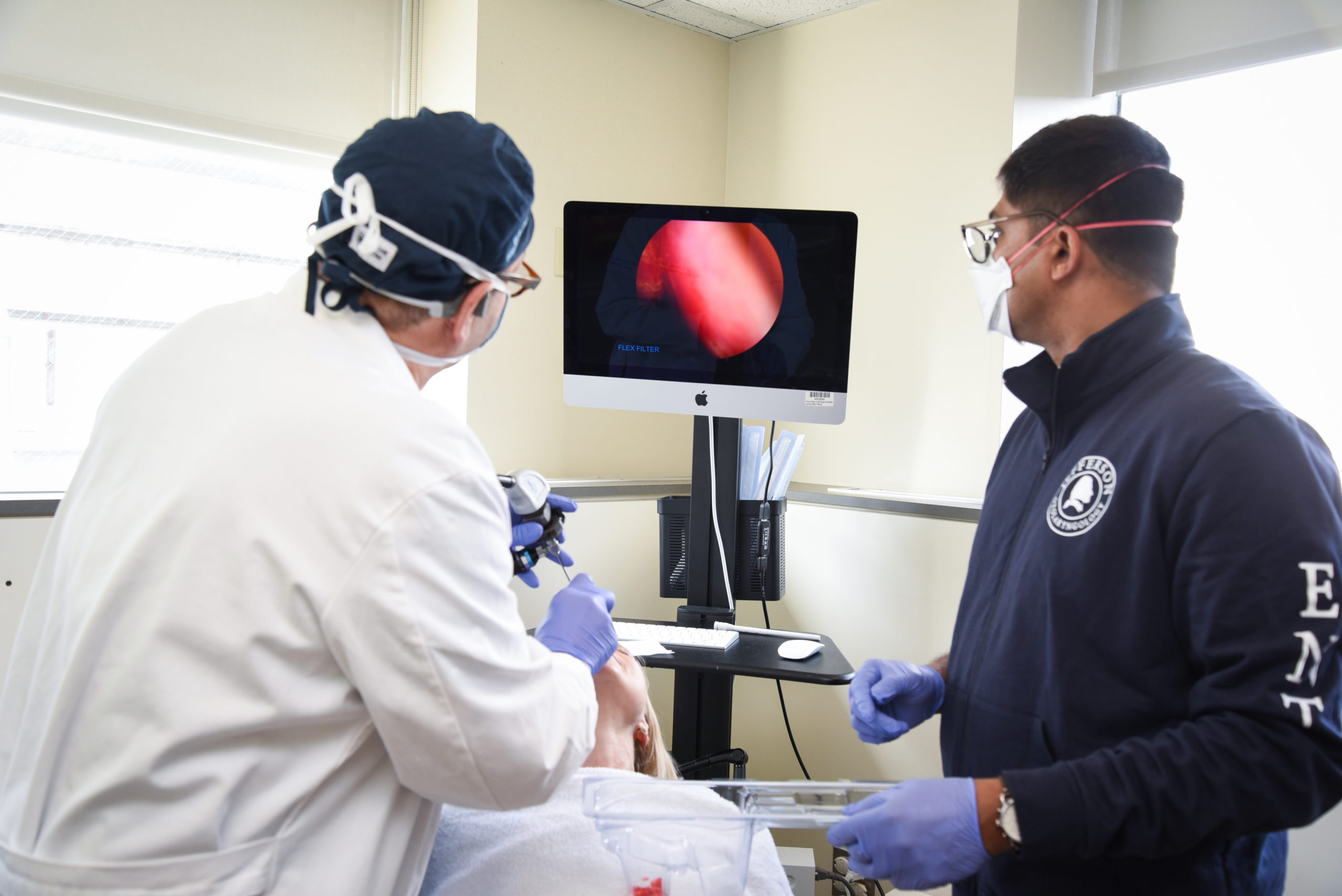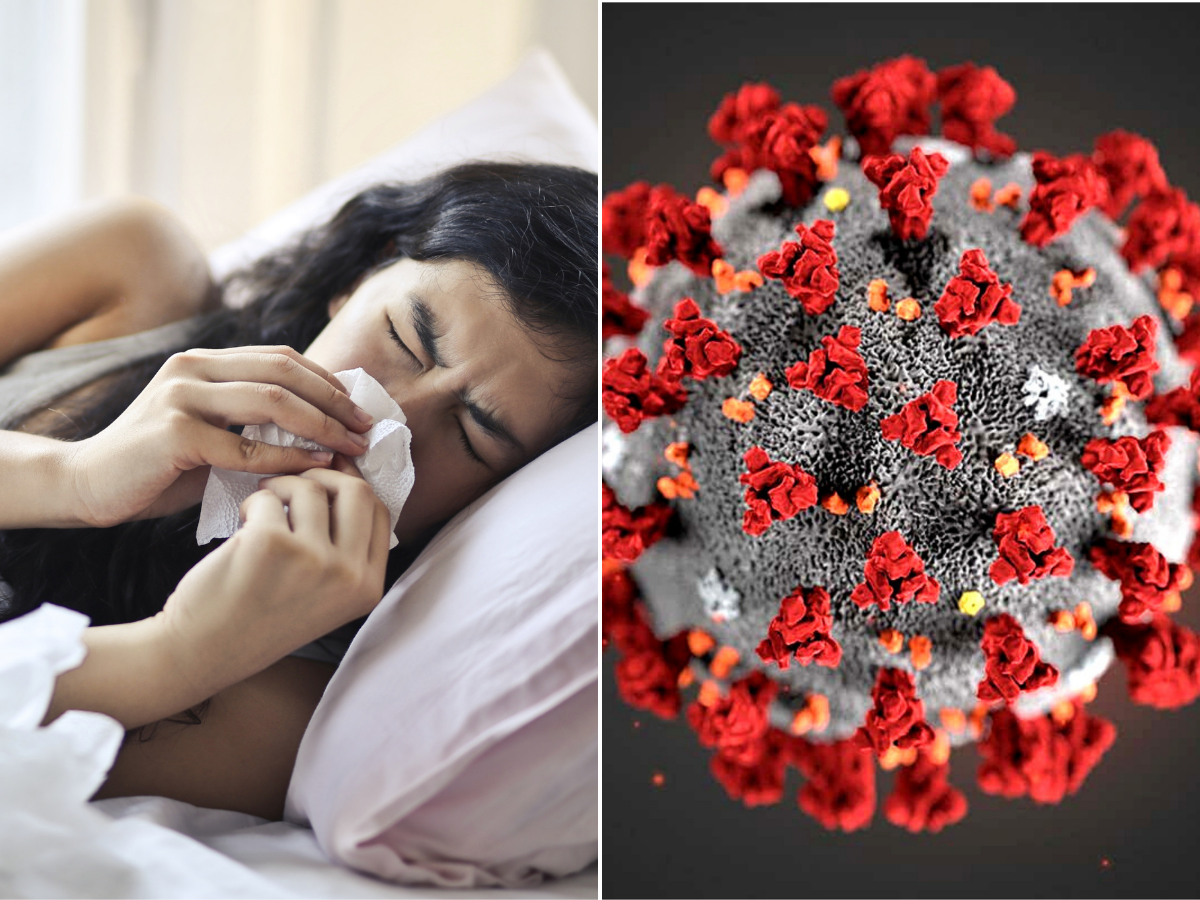In the unyielding battle against the COVID-19 pandemic, the emergence of unprecedented variants has injected a new layer of complexity into global public health endeavors. One such variant that has garnered attention is JN.1. In this article, we will explore the symptoms associated with the JN.1 variant and discuss potential strategies for rescue and mitigation.
JN.1 Variant Top Symptom And Rescue
JN.1 Variant Overview:
In the clandestine choreography of the JN.1 variant’s spectral ballet, intricately entwined within the genetic fabric of the SARS-CoV-2 virus, health custodians grapple with mounting apprehensions. Emerging mysteriously in the enigmatic landscape of [mention location and date], its distinct genetic symphony raises profound inquiries about the pandemic’s unfolding narrative, as the nuanced mutations in the viral spike protein project ominous shadows over factors such as transmissibility, illness severity, and the robustness of existing vaccines and treatments.
Symptoms Associated with JN.1 Variant:
Understanding the symptoms associated with the JN.1 variant is crucial for early detection and effective management. While many symptoms overlap with those of the original strain, some distinct features have been observed in individuals infected with the JN.1 variant.
Respiratory Symptoms:
People harboring the JN.1 variant may encounter respiratory manifestations like coughing, breathlessness, and chest discomfort, resembling typical COVID-19 symptoms, albeit potentially heightened in specific individuals affected by the JN.1 variant.
Gastrointestinal Symptoms:
Unlike previous variants, the JN.1 variant has been associated with an increased incidence of gastrointestinal symptoms, including nausea, vomiting, and diarrhea. This presents a unique challenge for healthcare providers, as it adds another dimension to the clinical presentation of COVID-19.
Neurological Symptoms:
Instances of the JN.1 variant exhibit associations with neurological manifestations, including headaches, dizziness, and confusion. The implications of this neurological engagement raise apprehensions regarding potential enduring impacts on cognitive function, emphasizing the necessity for additional research.
Loss of Taste and Smell:
The persistence of taste and smell impairment, a recognized indicator of COVID-19, continues to be widespread among those afflicted by the JN.1 variant, underscoring the unique challenges posed by this particular strain. Monitoring these sensory changes can aid in early detection and isolation, preventing further transmission.

Rescue and Mitigation Strategies:
Tackling the complexities brought forth by the JN.1 variant demands a comprehensive strategy, encompassing public health interventions, vaccination tactics, and sustained research endeavors.
Enhanced Surveillance and Testing:
Swift and comprehensive testing plays a pivotal role in pinpointing and segregating instances of the JN.1 variant. To effectively curb its dissemination, governmental bodies and health organizations must allocate resources towards bolstering surveillance systems, ensuring vigilant monitoring, and adjusting containment strategies accordingly.
Vaccination Campaigns:
Pioneering the battle against COVID-19 variants, a pivotal strategy revolves around expediting vaccination campaigns. Uninterrupted dedication to research and development is crucial, with a specific emphasis on upholding the efficacy of current vaccines against the evolving JN.1 variant; considering the likelihood of booster shots becomes imperative to fortify and sustain immunity.
Public Health Measures:
Promoting adherence to essential public health practices like mask-wearing, maintaining social distance, and practicing diligent hand hygiene plays a pivotal role in curbing the dissemination of the JN.1 variant. Effective communication from health authorities is instrumental in fostering compliance and mitigating the potential transmission risks.
International Collaboration:
In response to the far-reaching consequences of the pandemic, promoting worldwide collaboration becomes crucial. It is imperative for nations and organizations to collectively share information, consolidate resources, and harness expertise to adeptly address the challenges posed by the JN.1 variant and any prospective variations that may arise.
Research and Development:
Continual exploration of the distinct attributes of the JN.1 variant, encompassing factors such as its transmission dynamics, severity profile, and responsiveness to vaccines, is imperative. This acquired understanding will shape strategic public health interventions and steer the formulation of tailored therapeutic approaches.
Conclusion:
In the dynamic dance between scientific exploration and the SARS-CoV-2 virus, the advent of the JN.1 variant signifies a distinctive and complex chapter in the ongoing fight against the COVID-19 pandemic. At the forefront of this struggle lies the unraveling of the variant’s specific symptoms and the crafting of nimble strategies aimed at staunching its proliferation and mitigating its effects on public health. As scientists delve into the intricacies of mutating viral strains, a resounding imperative arises – the imperative for collaborative endeavors and adaptability stands as essential bedrocks for surmounting the hurdles posed by this continually evolving menace.
Read More:-Top 10 Yoga Tips Asanas For Better Eyesight
Read More:- The Top 7 Health Insurance Plans for Families

